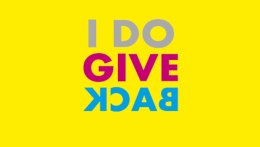Jil Fischer
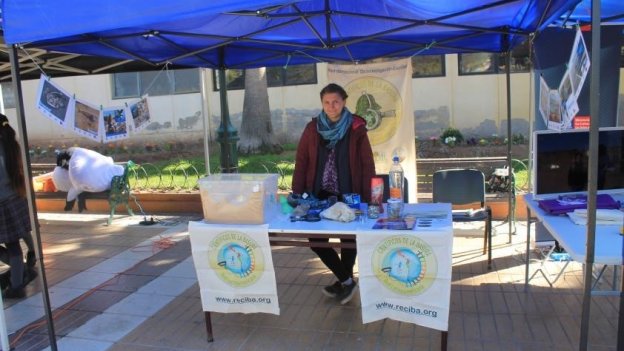 Privat
Privat
Jil Fischer mans the information booth of her project at a market in Coquimbo
"The placement gave me insights into scientific working methods and provided me with valuable experience beyond my major. Thus, I was able to expand my knowledge in this regard as well."
As an undergraduate student at the university of Bonn Jil Fischer applied for a research internship in order to academically engage with ocean garbage and its interactions with people on Latinamerica's pacific coast. As part of scholarship is awarded thanks to Dr. Wolfgang Knapp the DAAD-Stiftung could make this stay abroad possible for her.
Here Jil Fischer relates her experiences on site:
Subject-specific part
My placement was at Universidad Católica del Norte, more specifically in Dr Martin Thiel’s working group at the Institute of Marine Biology. Marine biology is one of the areas of specialisation at this university. Dr Martin Thiel is a co-founder of the ReCiBa project (Red científico de la Basura), which aims to examine waste in the Pacific Ocean. It is also a Citizen Science Project, which involves numerous schools in nearly all countries along the Pacific coast of Latin America. The idea is to raise awareness of the topic among teachers and students and motivate them at the same time. The project participants develop teaching materials and send them to the schools. The materials show, for instance, how to examine the waste found on a beach according to scientific standards, so that ultimately, the results from all beaches can be compared and processed.
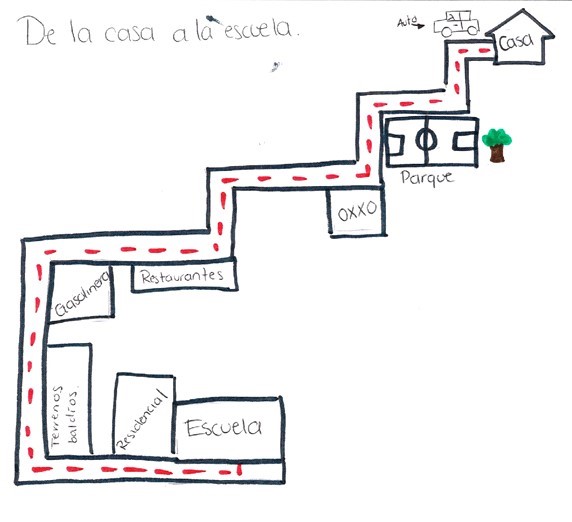
Privat
My task during the placement was to evaluate these materials and results and incorporate them in a paper. My work was a continuation of that of the previous student on placement, who also introduced me to the project during my first week. The material I evaluated consisted of the results of four assignments that had been given to pupils as part of the project:
1. A drawing of their route to school (see photo 1)
2. A drawing of a beach from memory
3. A drawing of the beach the pupils visited with their class (see photo 2)
4. Marks on each of the drawings designating what the children like about the beach and what they don’t like (see photo 2)
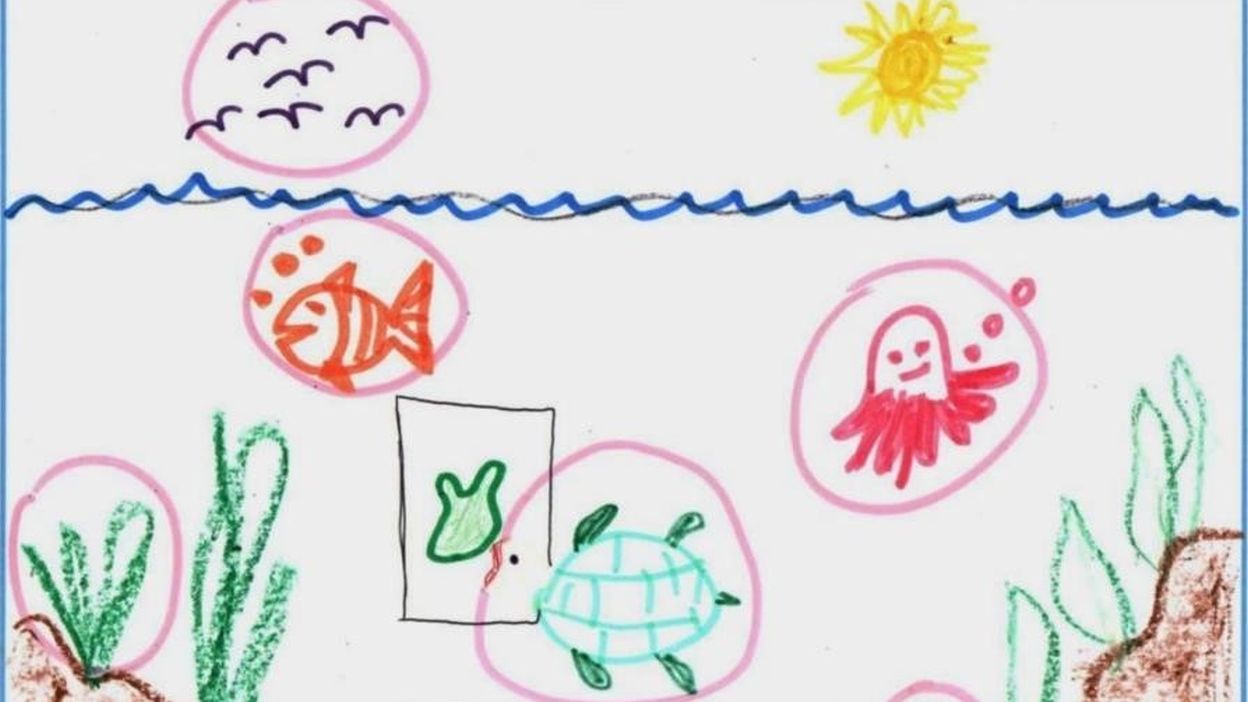
Privat
The children were given complete freedom in completing these assignments. I worked with my supervisor to quantify and analyse these qualitative data within the scope of the project. I did a lot of the work in Excel, but also in the statistics programme “R”. At the time I joined the project, the data analysis was about half finished. I mainly dealt with analysing the drawings of beaches. After I had finished working on these, I primarily did literature research and started to write the paper. I had regular meetings – always held in English – with my supervisor and Dr Thiel to discuss the paper. In a general sense, this was a research process in itself, as the data had not been collected with the intention of writing a paper about them. During my last two weeks, I also translated a book from the series of teaching materials into English and, together with other project participants, I visited schools and manned information booths, as shown in the photo above.
The university in Coquimbo is generally not quite as well-equipped as universities in Germany. The office I worked in was a container right on the beach (photos 4 and 5), and I initially shared it with two, later three other project participants. With only three tables, space was very limited and everyone worked on their own laptops at all times. There were no university computers we could use. The atmosphere in the office was always very pleasant and my colleagues always helped me when I needed advice or assistance.
Regarding my overall professional development, the placement gave me insights into scientific working methods and, above all, into the process of writing a paper. I learned that this process is characterised by lots of communication, research and many rounds of correction and revision. I also had the opportunity to improve my skills in “R”. Finally, the placement centred around the subject of marine biology, which provided me with valuable experience beyond my major subject of geography. Thus, I was able to expand my knowledge in this regard as well.
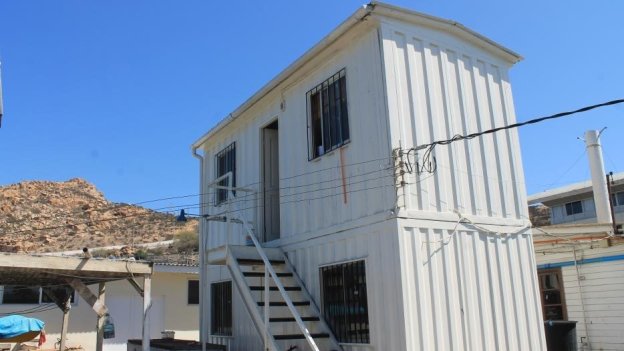
Privat
Arrival and living in Coquimbo
My arrival in Coquimbo was trouble-free. I arrived in Santiago in the morning and bought a bus ticket from there to Coquimbo, where my supervisor picked me up from the bus station. I was initially lodged in the university’s “Cabañas”. These are huts on the university grounds that house three people who share a communal bathroom, kitchen and living room. Unfortunately, the state of the Cabañas is not the greatest and the atmosphere is not very homely. So, after about one and a half weeks, I moved into a vacant room that one of my university acquaintances had available and where the previous student on placement had also lived.
Chilean Spanish is spoken very quickly and is unique. I would be lying to say that I had an easy time adapting in terms of the language – particularly during the first few days after my arrival, I understood very little. But after a while you develop an ear for Chileno. Also, the people around me made an effort to speak more slowly and clearly for me. In the university environment, some Chileans do speak English, but outside of the university it is rather rare. When I had to communicate with the Chilean authorities to register my visa, I was lucky enough to find people who could help me in English. But in any case, Chileans are very helpful and eager to assist in any language.
One of my biggest problems in the early days was the wintry temperatures. They never dropped below zero in Coquimbo, but at around 10 degrees it is still rather chilly. This was difficult mainly because the houses are very poorly insulated and there are no heating systems. People use radiant heaters, if any, and otherwise wear several layers of clothing and sleep under several blankets.
For transportation, there are the buses and colectivos. There are two kinds of buses: those for long distances (bus) and those for local traffic (micros). The former run between the cities of Chile and tickets can be bought at the respective bus terminals or online from various agencies. Micros are very low-priced, run within the cities or between nearby towns and villages and are hailed by hand signals. You stand at the stop and when the line you need drives by, you give the driver a hand signal that you want to get on. There are no schedules.
Colectivos are a kind of shared taxi, but they run on specific lines or to certain parts of the city. Every colectivo has a sign on the roof that tells you the direction of the route. Here too, you wave at the driver when you want to get in. Colectivos are also very low-priced and the driver drops you off at any point along the route. However, the drivers rarely take the most direct route, as they hope to collect more passengers along the way.
I also cycled a lot, as my supervisor lent me her bicycle for the duration of the placement. You can clearly tell that bicycles are not really integrated in the traffic planning in Coquimbo. There are no cycle lanes, so you usually either share the road with cars or the pavement with pedestrians, which can be quite dangerous. Also, there are a lot of street dogs in Coquimbo and some of them react very aggressively to bicycles.
Groceries are available in supermarkets, kiosks (almacenes) and at the farmers’ markets (ferias). Unlike in Germany, the supermarkets in Chile are more expensive than the small general stores, and particularly the ferias offer the best and most affordable fruits and vegetables. Shopping at the ferias and almacenes also supports the local population. You can withdraw cash at nearly any cashpoint (cajero automático), but the maximum is 200,000 Pesos per day and Chilean banks charge fees between 4,000 and 7,000 Pesos (from about €4.20). The only bank where I and other travellers could withdraw cash without paying fees was the Scotiabank in the centre of Coquimbo.
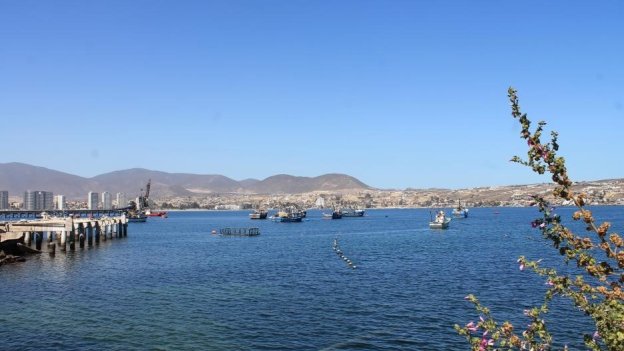
Privat
Coquimbo and its surroundings have a very dry climate. The hills and mountains around the city are lined with cacti and the scenery is dominated by shades of brown. Nevertheless, Coquimbo is situated directly on the ocean and has two bays, which I thought were the most beautiful parts of the city. There is a cycle path which runs along the entire beach and connects Coquimbo with the neighbouring town of La Serena. La Serena is also worth a visit, as is the Valle de Elqui. I would further recommend a trip to Punta de Choros. It is about 130 km north of Coquimbo and you can take a boat to the Reserva Nacional Pingüino de Humboldt, where you can watch sea lions, penguins and dolphins right from the boat. With a little luck, you can even see a few guanacos on land (llama-like animals). In the south of Coquimbo, there’s the Playa Totoralillo beach, which is also very beautiful and where you can go bouldering and surfing.
One of the highlights during my placement was the 18th of September. This is national holiday in Chile and the locals have huge celebrations. The two days prior are also bank holidays, which means that the Chileans usually get a whole week off. The university is also closed during that time. I was lucky enough to spend the day with the family of a Chilean friend. There was lots of food, friends came to visit and the whole family came together. For those days, the Pampilla’s main esplanade in Coquimbo turns into one huge festival site for drinking, dancing and camping.
As off winter 2019. The German version is the original.


